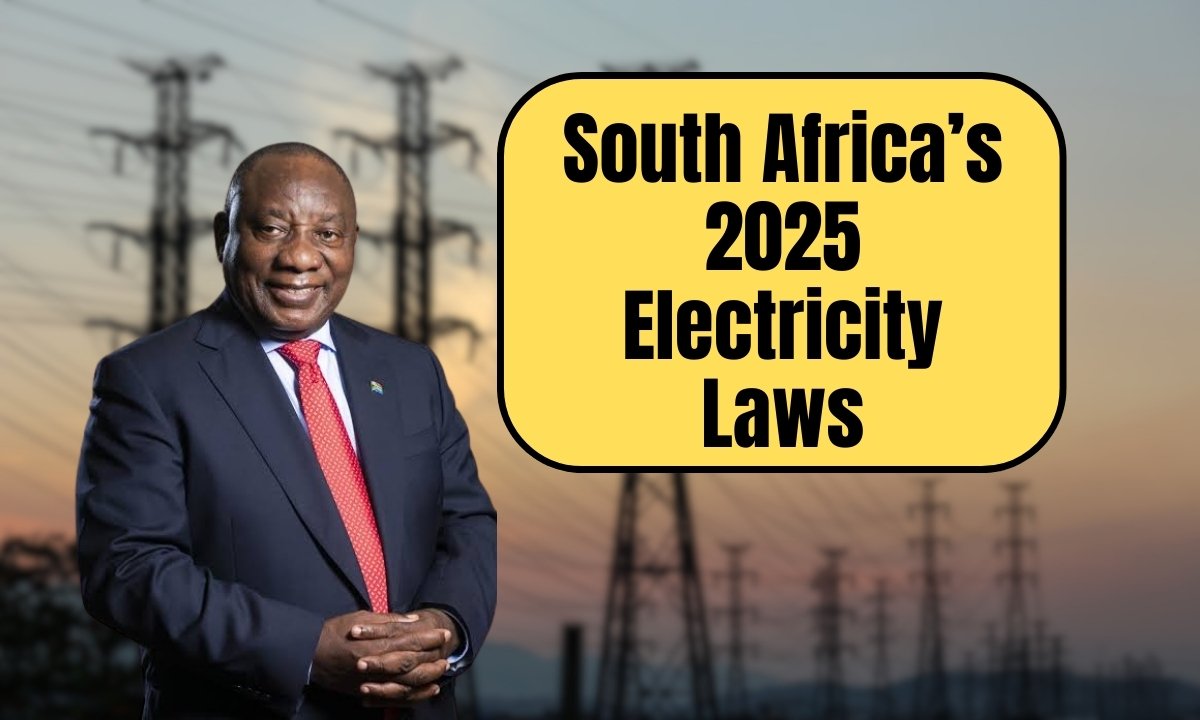A sea change is about to take place in South Africa’s electricity sector with the Electricity Regulation Amendment Act going into effect on 1 January 2025. The changes promise to modernize the infrastructure, promote renewable energy, and give consumers a choice as they try to deal with one of the most pressing crises ever: energy. The consumers must be made aware of the new laws and how they will affect them.
Opening the Electricity Market
The year 2025 will be the year in which the monopolistic grip of Eskom ends and competitive forces start coming in. This Act intends for the establishment of an Independent Transmission System Operator. This is to be initially funded through the National Transmission Company of South Africa to provide non-discriminatory grid access to Independent Power Producers. IPPs can now compete unfettered, especially in solar and wind. The consumer is then to have a real choice of electricity suppliers other than Eskom, thus opening the market to alternative suppliers for residential and commercial consumers alike.
Focus on Renewable Energy
Hence, the legislation emphasizes renewable energy to reduce the dependence on coal. Incentives for solar, wind, and biomass power encourage Independent Power Producers or IPPs into the fold. The legislation also promotes energy storage systems such as batteries and smart grids, helping with the intermittency of renewable energy sources. Support measures for community-level projects also assist solar cooperatives whereby areas undersupplied can generate their own power and reduce their dependence on the grid.
Transparent Deep-Tariff Structures
Through this reform, electricity pricing is set to become dynamic and will fluctuate during the day; peak hours experience the greatest variability and are the most expensive hours. Hence, consumers are incentivized to use electricity during off-peak hours. NERSA, tasked with overseeing transparent billing issues, will try to ensure a fair tariff that balances grid sustainability with affordability. Immediate plunges in tariffs may not be a reality, but healthy competition will lead the way for price reductions longer-term.
Transportation and Facilities for Consumers
New opportunities and challenges will arise for households and companies. Consumers might like to send any offers to IPPs for limited costs, say, a little from rooftop solar or community projects, etc., to cut their costs and reliance on the grid. Now, it is also suggested that they might want to begin the adjustment concerning the new billing system and consumption pattern. On the other hand, firms should in fact grab the opportunities created by such competition to invest in energy efficiency technologies or in independent generation. But the new providers should indeed be welcomed with open arms into the market.
Getting ready for the Transition
In an attempt to make it through this transition, consumers should:
- Be Bill-Savvy: New kinds of billings may be under construction. Perhaps tariff shifts here also for symbiosis for billing system adjustments.
- Check Out the IPP Options: It is for rooftop solar, maybe community energy projects.
- Stay in Touch: Check the governments’ and NERSA’s webpages for updates on providers, regulations, etc.
- Invest in Efficiency: Use energy-efficient appliances to lower the bills created by dynamic pricing.
Recipients of the SASSA grants, especially those who qualify for the R2,315 Old Age or Disability Grants, should ensure that the entirety of any amount set aside, if any, to cover potential short-term price fluctuations shall be removed during this transition phase.
Also Read: R5,200 NSFAS August 2025 Payout Confirmed: Verify Your Payment Dates Now
